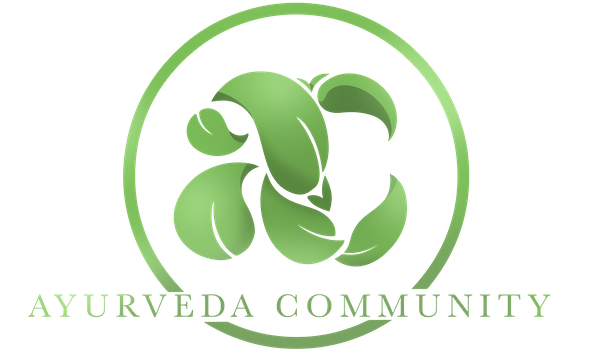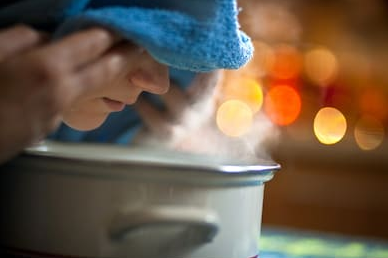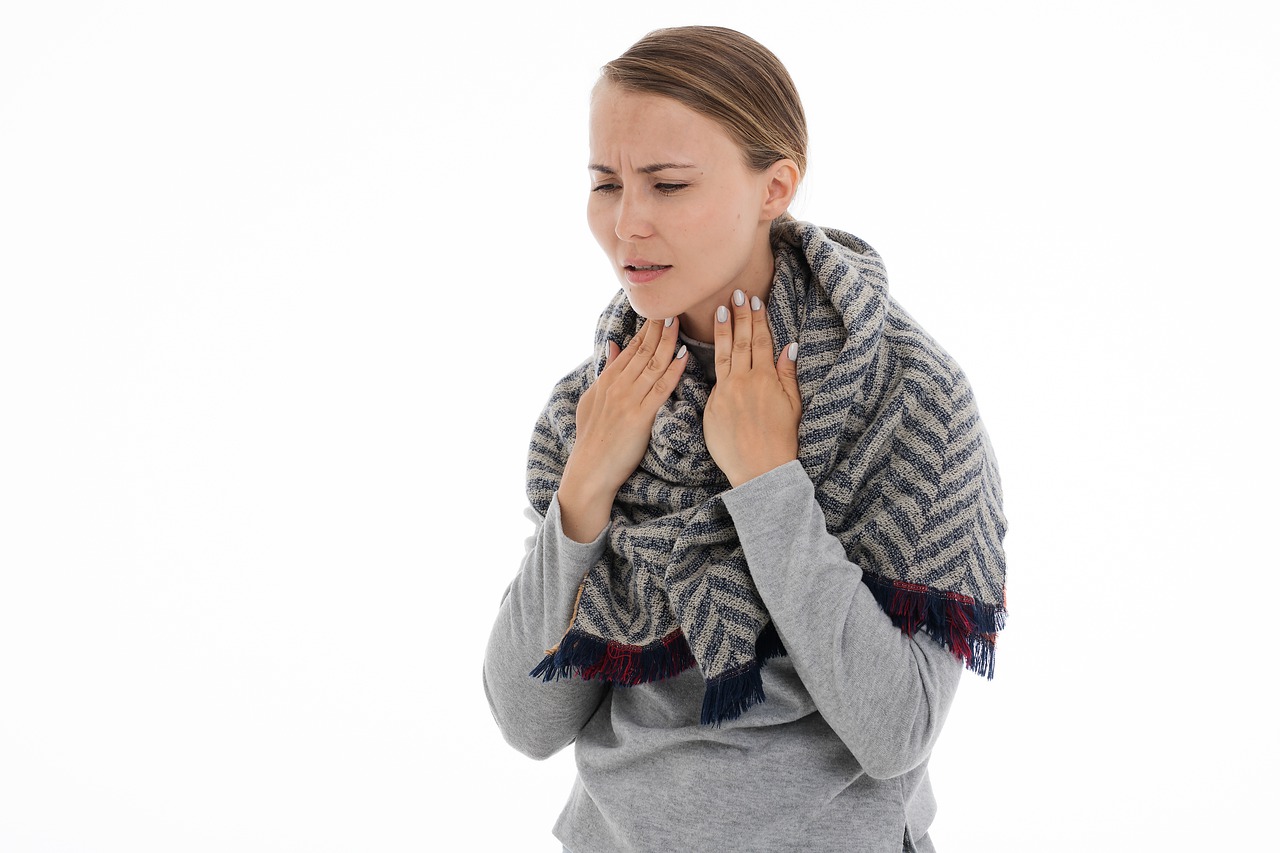Steam inhalation is a widely used method to soothe and open the nasal passages and thereby get relief from an episode of common cold or sinusitis. In Ayurveda the procedure is categorized under the head fomentation (svedana). Svedana is a mandatory procedure performed before a purification treatment (śodhana cikitsā). Svedana process by itself, relieves stiffness, heaviness and coldness of the body and produces sweat in the body. In Ayurveda, the structures in the body and their specific functionalities are grouped together as channels (srotas). These channels can get obstructed, either physically or metabolically. Svedana is observed to remove these obstructions (srotorodha) and keep the channels patent and functional.
The extent and intensity of svedana depends upon various factors such as physical strength, range of derangement of bio-energies (doṣa), season, site, age etc. There are specific indications and contra-indications for svedana and the optimal signs should be strictly followed for the procedure. There are many methods to induce sweating. Some may require fire as its heat source while other use heat produced indirectly, like rubbing of palms together or simply exposing yourself to the sun.
In case of common cold, mild flu, sinusitis, upper respiratory tract infections etc. it is interesting to note that svedana has a very important and beneficial role to play. However, more often than not, it is done in a inefficient, ineffective or adverse way. Here is one example:
Many people begin steam inhalation at the slightest hint of fever or cold, a common practice seen in the monsoon season. Although one experiences some relief through steam inhalation, it may affect a person's health adversely since a small level of unction or method to increase circulation in that region or prepare the area for getting exposed to hot steam etc. is required. On a general note, the technical method to do svedana is by an oleation therapy (snehana) beforehand. Apart from imparting the above benefits, it ensures the easy elimination of obstruction or toxins blocking the metabolic pathways in a channel (srotas). When doing on a smaller scale, a gentle massage around the sinus cheeks and nose would be helpful as well as prevent minor complications that may arise from steam inhalation.
Another major point to keep in mind is the duration of steam inhalation. Typically, it should not last for more than five minutes at the most. Also make sure that the steam does not enter your eyes. Cover your eyes with a soaked cotton cloth before doing the steam inhalation. In the textbooks, it is recommended to cover your eyes with either a very clean cloth or with petals or leaves of White waterlilly (utpala - Nymphaea alba), lotus (kamala) or Palash tree (palāśa- Butea monosperma). Getting eyes exposed to direct heat can even impair vision.
How is the Upper Respiratory Tract benefited from steam inhalation?
Steam inhalation has a preventive, curative as well as health promoting effect on the upper respiratory tract. Inhaling steam is one of the major treatments for respiratory complications and is recommended for conditions with common cold, flu, bronchitis, sinusitis, asthma, and allergies. Steam inhalation moistens dry air passages and mucus is loosened and eliminated easier by coughing or by blowing the nose. There are ongoing research on steam inhalation using Tulsi leaves which is clinically observed to have wonderful effect in cough, cold, bronchitis and sinusitis.
What is an ideal method for Steam Inhalation?
- Bring the water to boiling in a pot.
- Take the water off the heat.
- We can add herbs like Thulasi leaves (basil), panikoorkka leaves (Coleus aromaticus), Mint leaves, Eucalyptus oil, Cinnamon, Clove etc. to the boiling water as per the prevailing condition.
- Make sure to keep your eyes closed and to maintain a minimum distance from the bow.
- Inhale slowly and deeply through your nose for at least two to five minutes.
Who all should avoid steam inhalation?
People suffering from conditions where bleeding, circulatory failure, low blood pressure and neuropathy are likely to occur should refrain from steam inhalation. It is absolutely contraindicated in patients with generalized debility and in comatose patients. It is also contraindicated for pregnant women and for kids below six years of age.
Generally in Ayurveda, svedana is intended to correct aggravated vāta and kapha doṣas (bio energies). As there is a heat involvement, steam inhalation is usually not advised in conditions with a pitta association, as pitta is a bodily manifestation of fire itself and it gets aggravated with hotness.




